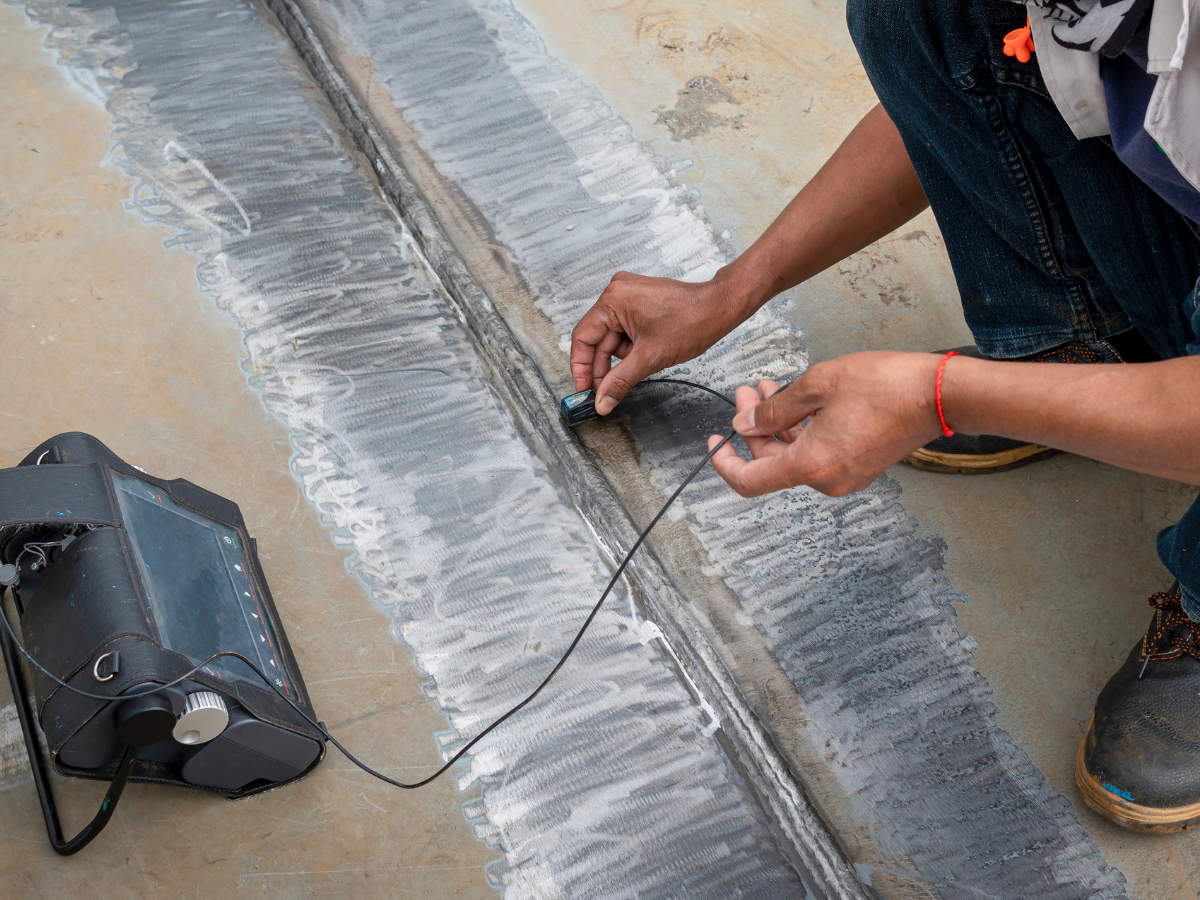Cause & Effect Corrosion in Piping
December 9, 2021
Corrosion in piping is not only common, but it also can cause catastrophic failures in industrial, commercial, and residential settings. Not only is Steel City NDT LLC capable of testing for corrosion, but we are also able to tell you the extent of the corrosion.
Causes of Corrosion
- pH of the medium contained within the piping system
- Temperature of the medium – The hotter the water, the more pronounced the corrosion
- Velocity of the medium – Not only can excessive velocity cause corrosion, but sudden changes in direction due to elbows or turns can also do the same
- Chemical make up – If referring to a water piping system, things like excessive calcium can cause buildup and eventually corrosion
- Oxygen content – Oxygen is another thing that corrodes and degrades metals by converting the metal to rust
Effects of Corrosion
- Leaks – On average, about 25% of steel pipes will have a leaking connection within it’s first 5 years of use
- Drop in pressure – Even the slightest corrosion causes an irregular inner surface profile which causes unacceptable drops in pressure
- Air contamination – When compressed air passes through a rusted or corroded pipe, it becomes contaminated with hydrogen ions and rust particles
- Wasted energy – When a pipe becomes choked off by rust buildup, piping systems will consume extra power to overcome this friction
You might also like

Radon is a radioactive gas which is naturally released from elements such as water, soil and even rocks. Radon can cause significant health problems, including lung cancer, if it is allowed to build up in residential areas or other buildings where people spend time. If you want to know more about radon, including how you can test for it in both residential and commercial spaces, read on to discover 5 facts about radon.
#1: Radon can get into your home easily
There is a common misconception that radon can only enter the home through large cracks, open windows or other noticeable gaps that can be spotted and corrected with a bit of home inspection. Unfortunately, radon can enter your home fairly easily and through many different venues. Since radon is present in the air, water, soil and rocks, there are many avenues through which radon can enter the home. For instance, radon from spoil can seep through cracks in flooring; from there, radon gets into the air and will spread throughout the home.




